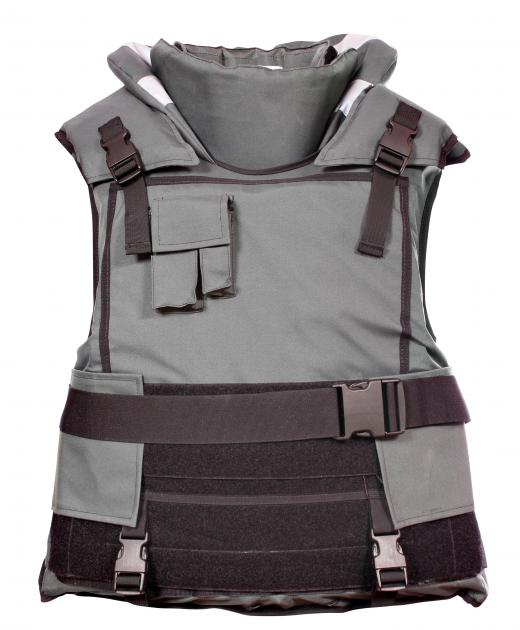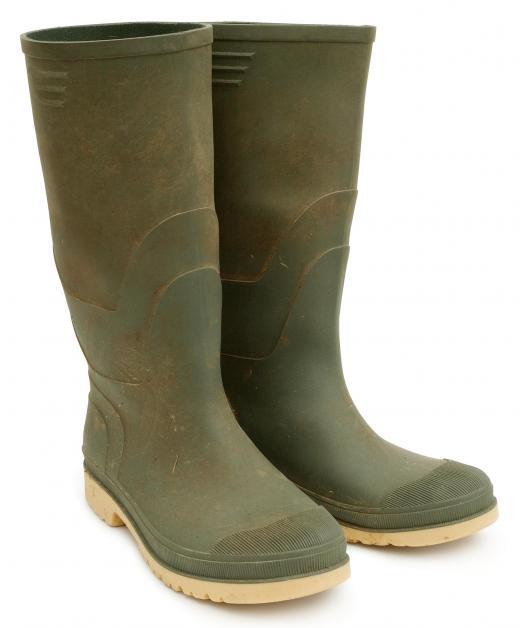Personal protective equipment, or PPE, refers to clothing, gear, and other devices designed to protect the wearer from environmental hazards. PPE can include helmets, footwear, and harnesses. Specially designed or treated clothing, eye protection, and breathing apparatuses also constitute PPE. Various fields, including medicine, athletics, and manufacturing, have their own specific forms of personal protective equipment. PPE is designed for use during medical procedures, contact sports, and other situations involving risk of injury, infection, or toxic exposure.
One of the earliest forms of personal protective equipment was military armor, in use by soldiers since antiquity. Using crude materials and technology, the armorers of ancient Greece and Rome devised ingenious and even elegant armor for close combat. Later advances included hand-held shields, chain mail, and full suits that protected both a mounted knight and his horse. Many of these devices have counterparts in modern PPE. Present-day soldiers and law enforcement officers still use body armor and other protective equipment, updated to protect against modern hazards such as ballistic, biological, or gaseous attacks.

Many occupations require personal protective equipment to safeguard employees from workplace hazards. Laws in the United States and many other countries require employers to provide this equipment when necessary; in the U.S., this is regulated by the Occupational Safety and Health Administration (OSHA). OSHA has specific PPE requirements for a wide range of workplace conditions, from coal mines to public beaches. For example, medical workers must wear masks and protective clothing when infectious material may be present. Often, this clothing is designed to be destroyed after use to prevent the possible spread of contaminants.

Workers in hazardous fields such as manufacturing, construction, or forestry will have their own personal protective equipment. The most common devices are hard hats and steel-toed boots, which reduce the risk of head or foot injuries from falling objects. Filter masks and respirators prevent the accidental inhalation of gases, chemicals, and dust. Radiation and hazardous-materials (HAZMAT) suits offer more complete protection for workers in the presence of highly toxic materials. Goggles and protective lenses can prevent injury to the eye from flying fragments or chemical and liquid hazards.

Specialized kinds of personal protective equipment include the pads and helmets worn by athletes during rough sports. Safety harnesses anchor mountain climbers, high-rise workers, and stunt performers to stable surfaces to prevent deadly falls. Life vests and diving equipment allow work and recreation near or under bodies of water. Clothing and equipment with reflective strips or built-in lighting increases the wearer’s visibility in low-light situations. Even an astronaut’s spacesuit is a kind of PPE, designed to create a safe, self-contained environment in the cold, airless reaches of outer space.
